Improving production efficiency by controlling protozoa via herbal blend
Improving production efficiency by controlling protozoa via herbal blend
The continuous improvement of production efficiency in industrial poultry farming still remains an element that is likely to be improved by different factors related to the animals’ management, nutrition, genetics, and state of health.
Being able to reduce the incidence of some pathologies that diminish the husbandry performance of our productions has turned into a critical factor in the usual routine of the production management of our poultry-raising business. Among these pathologies, coccidiosis is regarded as the leading cause of decreased productive yields in the planet, not only due to the losses that the disease’s clinical presentation can entail but also, and with greater relevance: sub-optimal growth, pigmentation deficiency, deteriorating food conversion brought about by the subclinical presentation of this parasitic pathology.
Seven species are acknowledged to affect poultry production, as each species produces medical conditions with a particular location in the intestinal tract (Allen and Fetterer 2002).
Coccidiosis
The parasite multiplies in the gastrointestinal tract, causing tissue damage with the subsequent stoppage of a proper absorption of nutrients, dehydration, haemorrhaging, loss of pigmentation and increased susceptibility to other pathogens. (McDougald and Fitz-Coy, 2008).
Controlling coccidiosis
Despite the considerable research conducted on coccidiosis in poultry, infection by these protozoa remains a major problem in intensive poultry production. Improvements in handling, use of vaccines and other practices have helped control coccidia infections; however, traditionally, the most commonly-used means of control has involved the use of anti-coccidian medication.
With the prohibition of antimicrobial agents in some countries, less effectiveness of some medications due to resistance development and the growing disapproval of antibiotic use by consumers, producers have started looking for alternative treatments.
Natural anti-coccidian compounds
Natural anti-coccidian compounds found in plants comprise an obvious alternative, having shown encouraging results. Plant compounds such as Acacia concinna and Saccharum oicinarum, have been widely and historically studied and utilised.
Because this kind of product contains only natural plants – dried and ground –, it can be ensured that these are safe products, suited for use both in conventional production and organic production, not subject to limited or regulated concessions for their inclusion. There are no limitations to the amounts used, either regarding feeding times – that is, it can be used at every stage of growth –, allowing it to be used with other synthetic anti-coccidians – rotation programmes – and with coccidia vaccines. Research and field studies conducted on a product containing these plants have allowed observing the benefits provided in terms of improving the productive parameters in poultry by controlling the protozoal parasitic load, as this acts in the intestinal environment of poultry and as a promoter of a greater immunity in terms of antibody production.
Because the mode of action of anti-coccidian compounds occurs using various natural compounds acting in a broad and complex manner, interacting synergistically, it is unlikely to lead to the mentioned parasites’ developing a resistance.
How does this association work?
Plants contain many compounds – called secondary metabolites – which these can use for their own purposes – metabolism, defence, etc.–. When they are ingested by animals, such as poultry, these compounds can have effects on the animal’s metabolism.
Many of the synthetic products currently in use were created from observing compounds present in plants, which were isolated and then synthesised in order to reproduce the effects of natural products.
Unlike a synthetic drug with just one single action mechanism, the metabolites active in the plants can be manifold and act together synergistically, which could make it difficult to determine exactly the mode of action.
This mixture’s saponin content allows modifying the membranes of coccidia organisms and otocysts produced for coccidia proliferation.
Anamika et al. 2017 examined Acacia concinna and found that it contained 11.8% of saponins. The main biological effect of saponins has been attributed to its action on the membranes, where it has the ability to form pores.
In particular, the saponins’ ability to bond with the cholesterol of the protozoan cell membrane can modify the membrane’s function and structure and account for its anti-coccidian activity. Natural saponins can inhibit protozoa development by interacting with the cholesterol present in the parasite’s cell membrane (Wang et al., 1998).
It appears that, after the parasite invasion, free radicals, together with high levels of nitrous oxide production, comprise the main factors that compromise the cells’ antioxidant defence system.
Compounds meeting the requirements of the antioxidant defence system or interfering directly with free radicals, such as tannins, can restore the balance of oxidants/antioxidants, which leads to improved intestinal integrity and yield during subclinical coccidiosis (Cejas et al., 2011).
Although this plant mixture’s saponin and tannin content appears to provide the main mode of action for controlling coccidia, it should also be pointed out that Saccharum oicinarum also provides an additional benefit through an immunostimulating effect.
S. oicinarum can improve protective immunity against coccidiosis (Awais et al., 2011) as shown in the studies. Sugar cane extract contains a polysaccharide that activates the route to supplementing the immune system, boosting the immune response to coccidia (El-Abasy et al., 2003).
Saccharum oicinarum is rich in phenolic compounds that have been shown to comprise antioxidant and anti-inflammatory activities, as well as inhibitory effects on the sporulation of otocysts (Abbas et al., 2015).
Tests
Research tests have shown that the mixture of these plants can be just as effective a means in controlling coccidia infections as the currently admissible synthetic coccidiostats.
This year, a test was conducted using 300 one-day-old chicks, distributed into 5 groups. Each group comprised 6 sub-groups with 10 chicks, in the testing area for animal parasitology (Servicapa, Mexico).
The purpose was to evaluate the anti-coccidial efficacy of the previously described herbal blend, in two different doses (500g/t and 750g/t) relative to the efficacy of one of the Ionophores in greatest demand in the poultry community (Salinomicina 12%), challenged with an inoculation of sporulated oocysts of isolated coccidia mixed on day 21.
Doses
In doses of inoculation, per chick, of:
- E. acervulina 100,000 oocysts
- E. maxima 50,000 oocysts
- E. tenella 50,000 oocysts
The inoculation was administered orally and, at 35 days, the anti-coccidial efficacy was determined based on the Injury Rate (IR) Oocyst Rate (OR) via sampling and analysis of stools at 7 and 14 days post-infection, using the Johnson & Reid method. The 2 groups with herbal blends (T3 and T4) confirm their efficacy by presenting a lower IR in the three intestinal regions relative to the injuries of the group treated with Salinomycin (T5).
The results of the anticoccidial efficacy – IAC – of the herbal blend, in the two evaluated doses, shows very interesting results. This parameter interrelates via the following equation:
IAC = (%S + %GPR) – (IR + OR)
The survival, the relative weight gain and the injury and oocyte rates – Ma et al., 2011–, obtaining the rating for low anti-coccidian activity when the score is below 160; moderate when in the 160-180 range, and good when the calculation is over 180 (Morisawa et al. 1977).
We can see that the figures for both groups with herbal blend somewhat exceed 180, with which it can be concluded that their anti-coccidian activity would be good and comparable to that of the products of non-natural origin.
It can be concluded that natural products containing Acacia concinna and Saccharum oicinarum are reliable and can provide protection against common coccidia infections while promoting intestinal integrity and balance, and improving immunological functions. It is important to prove product efficacy and profitability by conducting tests as shown here, with a view to controlling and reducing the decline in production efficiency caused by this type of pathology.
Read more at
Nuproxa's Blog
FAMI-QS: a commitment to quality that unites Nuproxa Switzerland and its affiliates in Latin America
By Ana Paula Barp Brandt, Quality Director of the Nuproxa Group During Nuproxa Quality Week, we cele...
+Combined and natural strategies to reduce the risk of coccidiosis in poultry
In the previous content, we addressed important factors about coccidiosis, ...
+Guide to understanding animal stress and its impact on poultry and swine production
Animal stress is a critical factor that directly influences performance and production in poultry an...
+Guide to the prevention and treatment of coccidiosis in poultry: part 1
Coccidiosis occurs in poultry that are infected by ingesting sporulated oocysts from different speci...
+Read more at
Nuproxa's Blog
FAMI-QS: a commitment to quality that unites Nuproxa Switzerland and its affiliates in Latin America
By Ana Paula Barp Brandt, Quality Director of the Nuproxa Group During Nuproxa Quality Week, we cele...
+Combined and natural strategies to reduce the risk of coccidiosis in poultry
In the previous content, we addressed important factors about coccidiosis, ...
+Guide to understanding animal stress and its impact on poultry and swine production
Animal stress is a critical factor that directly influences performance and production in poultry an...
+Guide to the prevention and treatment of coccidiosis in poultry: part 1
Coccidiosis occurs in poultry that are infected by ingesting sporulated oocysts from different speci...
+Why reconsider the use of choline chloride in animal nutrition?
In this technical guide developed by Nuproxa, we explore lesser-discussed aspects of choline chlorid...
+Do you still use choline chloride in your production?
Discover a solution capable of transforming your results! The natural revolution to increase animal ...
+Natural Polyherbal Sources for Supplementing Vitamin e in Animal Nutrition
Nearly 100 years after its discovery in 1922, is practically consensual that supplementing with Vita...
+Improving production efficiency by controlling protozoa via herbal blend
The continuous improvement of production efficiency in industrial poultry farming still remains an e...
+Importance of the use of liver protectors in the production output of broilers
The liver is the organ performing the largest number of vital functions indispensable for the animal
+Importance of the use of liver protectors in the production output of broilers
The liver is the organ performing the largest number of vital functions indispensable for the animal...
+Dorsal fat reduction in pigs: nature has the solution
Pig farming is constantly changing. Since its technification in the 1970s, new knowledge and technol...
+Efficient solutions and better results
Pig farming is constantly changing. Since its technification in the 1970s, new knowledge and technol...
+Natural Polyherbal Sources for Supplementing Vitamin e in Animal Nutrition
Nearly 100 years after its discovery in 1922, is practically consensual that supplementing with Vita...
+Herbal formula, source of choline and it’s effect on the apparent metabolisable energy of broiler chicken’s diets
In relation to the effect of different sources of choline on the chicken’s performance, papers wri...
+

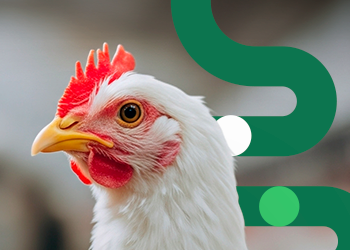

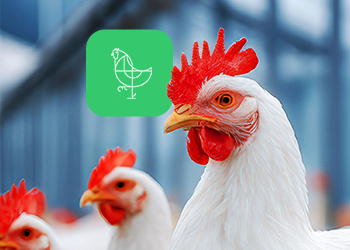
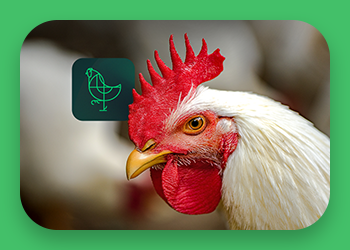
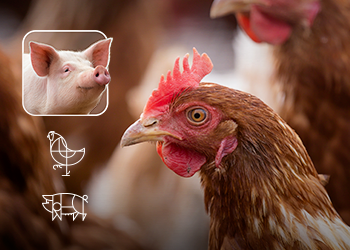

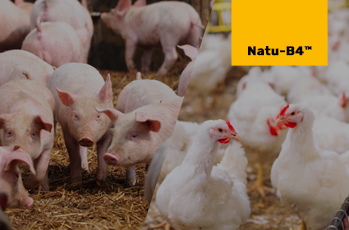
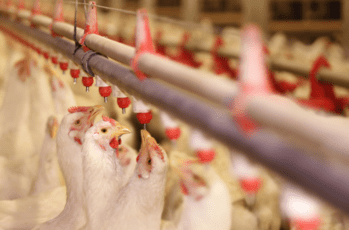
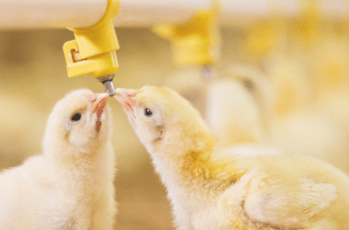
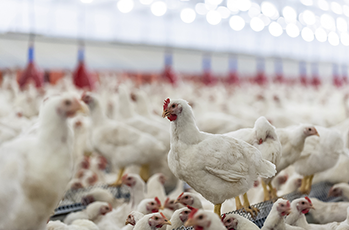
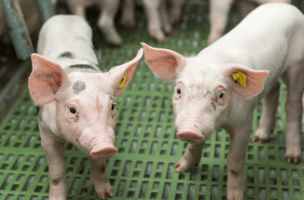
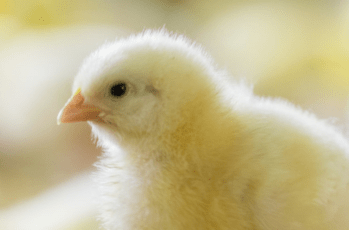
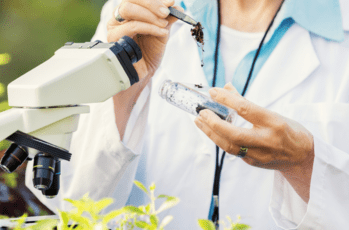
receive our newsletters.